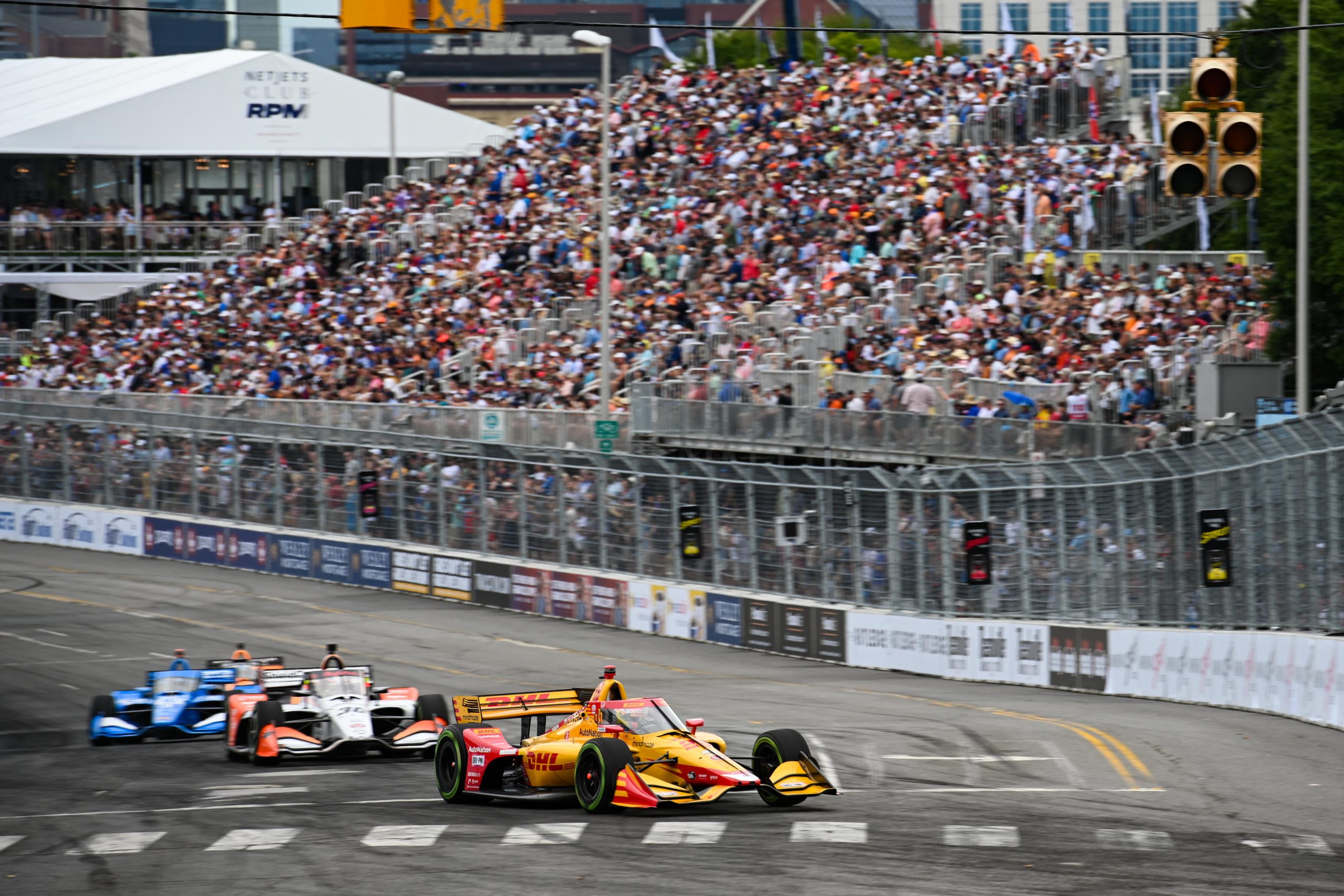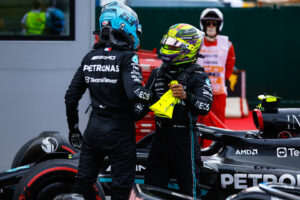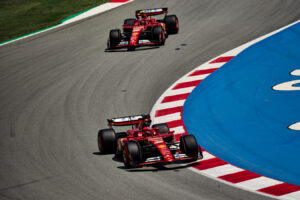The current era of motorsport sees increasingly complex cars take the track year after year. With that complexity comes greater speed from the individual cars, but can often lead to the overall on-track product being a little lackluster.
That could be dirty air coming off the intricate aerodynamic elements of the car or a whole host of other factors that affect racing.
Many series around the world have taken steps to mitigate this decrease in on-track action in different ways. Famously (or infamously, depending on who you ask), Formula 1 introduced the DRS system to reduce the air wash coming off cars and allow drivers to follow each other closer on track.
Formula E introduced Attack Mode, which gives drivers increased speed when they deviate from the racing line on certain parts of the track. Formula E also implemented Fan Boost, a fan-voted poll that decided what driver is given a short power boost to tactically use throughout the race.
What Is Push To Pass?
IndyCar also developed a boost system. Dating back to the Champ Car days in 2004, but most recently introduced to the IndyCar Series in 2015, Push-To-Pass gives each driver 150-200 seconds of extra horsepower to use throughout the race at maximum 20-second intervals.
The amount of P2P at the driver’s fingertips in each race is determined by the length and characteristics of each track, excluding ovals, where P2P is not allowed. Another small rule change to P2P in 2022 stated that lapped cars will have P2P available.
By pressing the P2P button, the driver closes a wastegate in the engine’s exhaust. By closing this gate, more pressure is built from exhaust gasses. That pressure is then forced on the supercharger, causing the supercharger to spin faster and pull more fresh air into the engine. Fresh air allows the engine to run more efficiently for the duration the button is pressed, therefore giving the driver a significant horsepower advantage.
How can Push To Pass be used?
There are many ways for a driver to use P2P to their advantage. The extra boost can be used to defend an opponent on fresher tires in the waning laps of the race or to make that pass on an equally matched car. By activating the P2P button on the steering wheel, IndyCar drivers have made some of the most exciting climbs through the field, last-lap lunges, and impossible defenses with the extra horsepower.
P2P has been generally accepted by the teams and fans alike as a positive addition to the sport. Where across the pond, DRS is an oft-tread-upon topic of disdain among many fans new and old. P2P can make relatively slow races exciting with a new element of strategy in the mix. The use of P2P causes more fuel to burn in the engine so, making it play a vital role in fuel strategy which can make or break a driver’s race.






